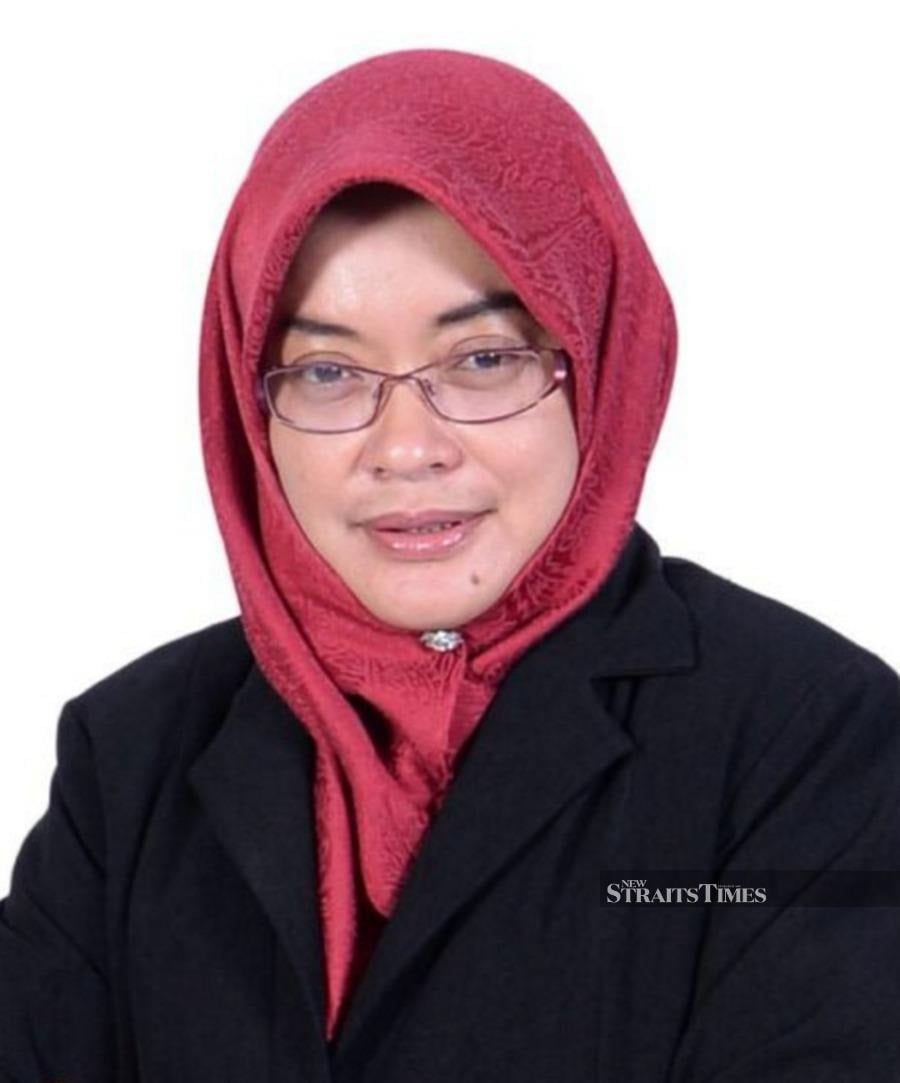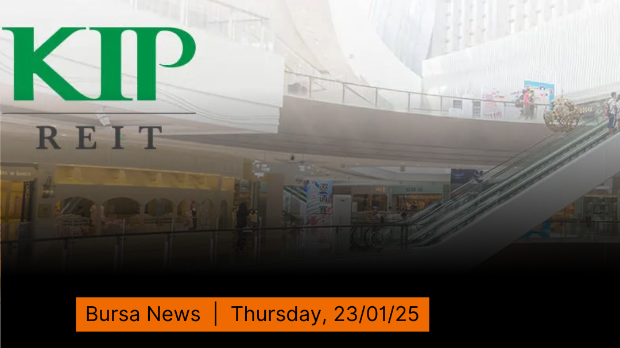UTM researchers suggest govt lift MCO in phases
savemalaysia
Publish date: Fri, 10 Apr 2020, 10:16 AM
KUALA LUMPUR: A research team has recommended that the Movement Control Order (MCO) be lifted in staggered phases.
The researchers said the staggered lifting was important to resume economic activities after some businesses came to a shuddering halt due to the MCO, which started on March 18.
The team, led by Prof Dr Naomie Salim from the Faculty of Engineering, Universiti Teknologi Malaysia, conducted a study titled “Covid-19 epidemic in Malaysia: Impact of lockdown on infection dynamics”.
Her team members from the faculty are Dr Chan Weng Howe, Prof Dr Shuhaimi Mansor, Dr Nor Erne Nazira Bazin, Associate Prof Dr Ahmad Athif Mohd Faudzi, Associate Prof Dr Anazida Zainal, Dr Sharin Hazlin Huspi, Eric Khoo Jiun Hooi and Shaekh Mohammad Shithil, as well as public health physician in epidemiology, Dr Safiya Amaran, from the Faculty of Medicine, Universiti Sultan Zainal Abidin.
Naomie said her team suggested that such implementation be executed according to each location’s outbreak control level.
“It can be done by zones, based on the Covid-19 health index, for instance, red zone (retains enhanced MCO), orange zone (continues with the MCO but heightens alertness) and yellow zone (implements partial MCO with good practice of social distancing and hygiene).”
Red zones are districts with more than 41 cases, orange zones have 20 to 40 cases, yellow zones one to 19 cases, while green zones do not have any cases of Covid-19.

Prof Dr Naomie Salim
The team cautioned that the government could not lift the MCO altogether as long as there were still new cases reported, as this might trigger another wave of infections.
They explained that the first phase of MCO, although effective, was inadequate to halt the Covid-19 outbreak due to the public’s lack of understanding and preparation.
They added that the second phase of MCO with enhanced measures would further restrict movement, but this gradual enforcement could delay the breaking of the chain of infection.
On whether the government should extend the MCO for the third time, Naomie’s team believed that all precautionary measures must be taken to curb any contacts from an infected person, especially those who are under home surveillance and self-quarantine.
The research also predicted that the pandemic would peak on April 19, with the latest estimated peak to end late next month, depending on the type of prediction model used.
The team used a number of models, including the curve fitting with probability density function and skewness effect modelling, SIR model and System Dynamic model.
“Compared with actual total infected data from March 18 to April 6, curve fitting with probability density function and skewness effect modelling is the most accurate, having 99.99 per cent accuracy with an estimation of 5,637 positive cases,” said Naomie.
She said the team extracted data from Worldometer, 2019 Novel Coronavirus Visual Dashboard from Johns Hopkins University Centre for Systems Science and Engineering, the Health Minisry’s website, as well as local news portals.
The team also believed that the MCO compliance level could be improved when Malaysians are empowered with adequate and timely information about the importance of the MCO. - BERNAMA
https://www.nst.com.my/news/nation/2020/04/582943/utm-researchers-suggest-govt-lift-mco-phases
More articles on save malaysia!
Created by savemalaysia | Dec 31, 2024
Created by savemalaysia | Dec 31, 2024
Created by savemalaysia | Dec 31, 2024
Created by savemalaysia | Dec 31, 2024






















chinaman
I like the last statement the most:- The team also believed that the MCO compliance level could be improved when Malaysians are empowered with adequate and timely information about the importance of the MCO. - BERNAMA
2020-04-10 10:34